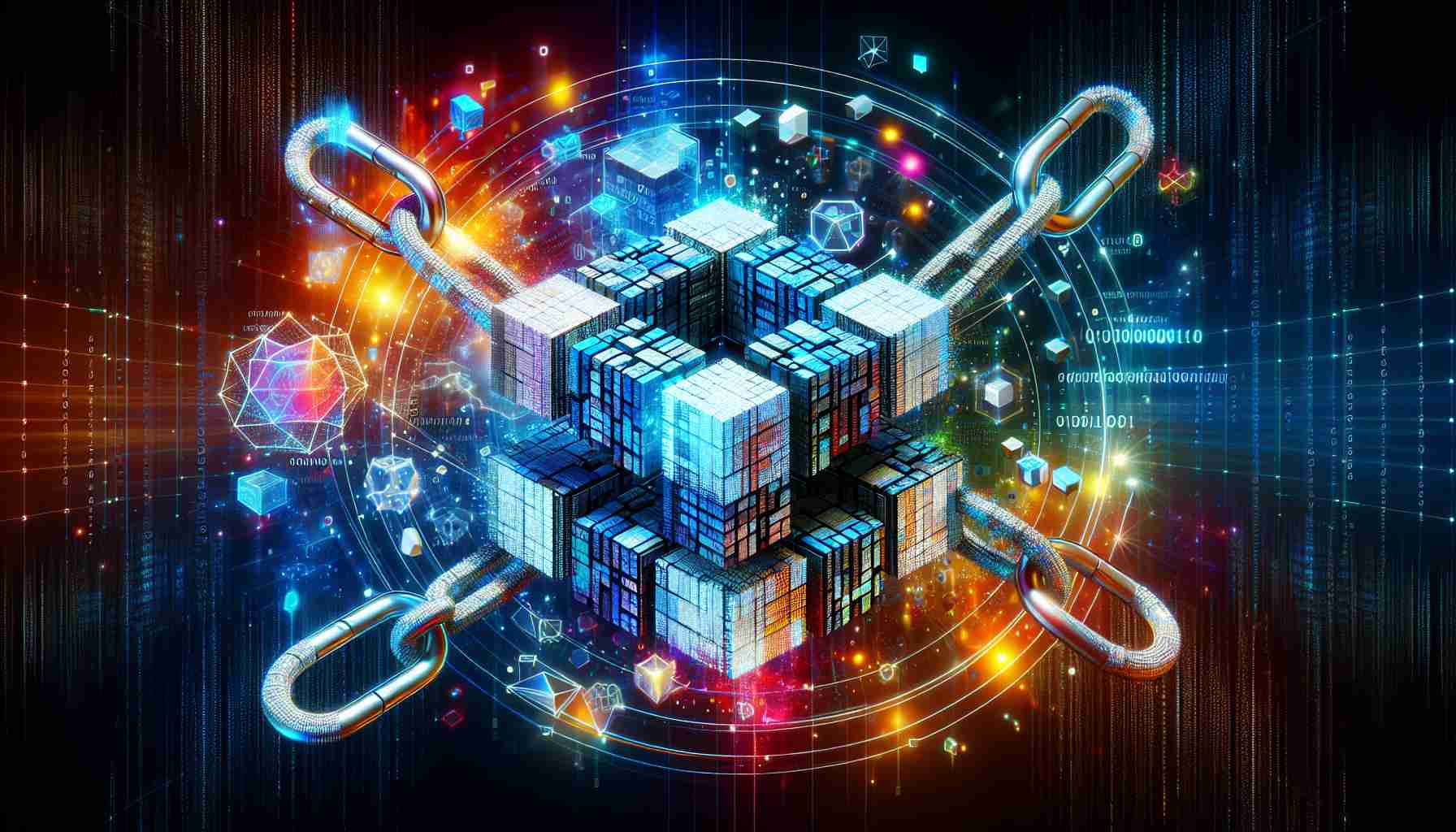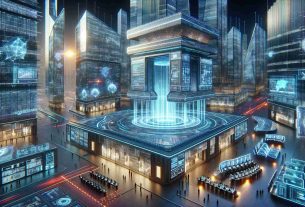The world of digital art has been revolutionized by blockchain technology. In the past, art collectors would purchase physical pieces to add to their collections. However, with the introduction of blockchain technology, the concept of owning and collecting art has taken on a whole new meaning. Artists can now tokenize their creations as Non-Fungible Tokens (NFTs), providing buyers with a unique digital asset that is verifiably scarce and authentic.
NFTs have opened up a new realm of possibilities for artists and collectors alike. Artists can now directly sell their digital artwork to a global audience without the need for intermediaries, allowing them to retain more control over their creations and earnings. On the other hand, collectors can now own and trade digital art pieces securely on the blockchain, with ownership records stored immutably for transparency and provenance.
Platforms like ArtChain and DigiCollect have emerged as pioneers in the blockchain art space, enabling artists to mint NFTs and showcase their work to a diverse community of art enthusiasts. These platforms provide a bridge between the traditional art world and the digital realm, catering to a new generation of tech-savvy art collectors.
The rise of NFTs in the digital art scene has sparked a renaissance in creativity and ownership, challenging conventional notions of art value and ownership. Artists are no longer confined to traditional galleries and auction houses but can now reach a global audience through decentralized platforms powered by blockchain technology.
As the blockchain art market continues to grow and evolve, we can expect to see more innovation and experimentation in the intersection of art and technology. The era of digital art ownership through NFTs is here to stay, paving the way for a redefined art market that embraces inclusivity, transparency, and decentralization.
Additional Facts:
1. Blockchain technology ensures the provenance and authenticity of digital art by providing a transparent and secure record of ownership through decentralized ledgers.
2. NFTs have gained popularity not only in the art world but also in other industries such as gaming, music, and sports, showcasing the versatility of blockchain technology.
3. The environmental impact of minting NFTs has been a topic of discussion due to the energy consumption of blockchain networks, particularly in the case of Proof of Work protocols like Ethereum.
Key Questions:
1. How do artists ensure the long-term value and preservation of their digital artwork when tokenizing them as NFTs?
2. What challenges arise in determining the fair pricing of digital art in the NFT space where value can be subjective and fluctuate rapidly?
3. What legal considerations should artists and collectors take into account regarding copyright and ownership rights when dealing with blockchain-based art transactions?
Advantages:
– Increased accessibility for artists to monetize their digital creations without relying on traditional art market gatekeepers.
– Enhanced transparency in art transactions, reducing the risk of fraud and counterfeiting.
– Potential for artists to receive royalties automatically each time their NFTs are sold in secondary markets.
Disadvantages:
– High barrier to entry for artists and collectors unfamiliar with blockchain technology, requiring education and understanding of the digital asset ecosystem.
– Volatility in the market value of NFTs can lead to uncertainty in pricing and investment decisions.
– Concerns about the environmental impact of blockchain networks used for minting NFTs, prompting discussions on more sustainable alternatives.



